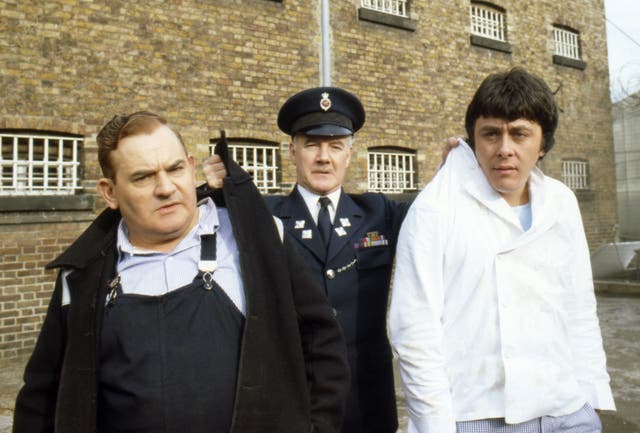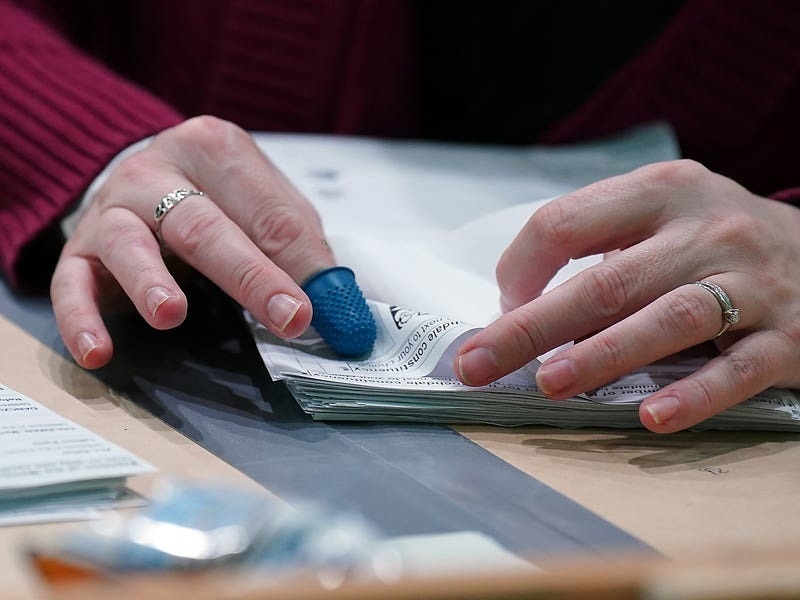The UK joined the then European Economic Community (EEC) in January 1973, with Conservative prime minister Edward Heath at the helm.
The UK’s entry brought EEC membership to nine.
In 2020, there were 28 countries in the EU prior to the UK’s departure.
Here is a rundown of a few other things that have changed between then and now.
– Employment and women in work
The employment rate stood at 76.3% in the three months to November 2019, according to the latest figures from the Office for National Statistics (ONS), while the employment rate for the first three months of 1973 was 72.8%.
In the years in between, the employment rate fell to as low as 65.6% at one point in 1983 before climbing again and dropping to 70.1% in 2011.
For women, the employment rate has risen from 54.2% in the three months to March in 1973 to 72.3% in the three months to November 2019.
– Baby names
Sarah and Paul were the most popular baby names in England and Wales in 1974, with Claire and Mark taking second place, according to historical ONS data.
In 2018, Oliver remained the most popular name for boys in England and Wales for the sixth year in a row, while Olivia was the most popular name for girls for the third successive year.
Regionally, Olivia was the most popular name for girls throughout England and Wales, while Oliver was outranked by Muhammad in four of the nine English regions, and by Harry in the North East, according to the 2018 ONS data.
– Pop music
Little Jimmy Osmond was at number one in the charts with Long Haired Lover From Liverpool when the UK joined the EEC in 1973.

In the summer of 1973, David Bowie retired his Ziggy Stardust persona at the Hammersmith Odeon in London. Bowie died in 2016.
In January 2020, Stormzy and Ed Sheeran are at the top of the charts, with Lewis Capaldi, Selena Gomez and Dua Lipa providing some of the popular tunes.
– Film
The James Bond film Live And Let Die was released in Britain in 1973, with the starring role played for the first time by Sir Roger Moore as the spy with the licence to kill.
It featured 007 investigating the murders of three fellow agents when he finds himself a target.
While evading assassins to track down Kananga (Yaphet Kotto), who is co-ordinating a global threat using tonnes of self-produced heroin, he meets tarot card reader Solitaire, played by Jane Seymour.
It was the first of seven outings as Bond for Sir Roger, who died in 2017.
The 25th film in the spy franchise, No Time To Die, is due out in 2020 and will see Daniel Craig in his fifth outing as the MI6 agent.
– Television
In 1973, Britain was beginning to enjoy a golden era of TV comedy, with Last Of The Summer Wine, Some Mothers Do ‘Ave ‘Em, Open All Hours and Porridge coming to the small screen.

The introduction of Netflix and TV streaming services means that viewers in 2020 have a lot more choice than the few channels available in 1973, with Netflix favourites including The Crown and Making A Murderer.
– Sport
In 1973, Sunderland scored an epic FA Cup victory over Leeds United while Jan Kodes and Billie Jean King won the men’s and women’s finals at Wimbledon.
Forty-six years later, Manchester City trounced Watford 6-0 in the FA Cup Final, and at Wimbledon Novak Djokovic and Simona Halep secured their place in history as 2019 champions.
But the big sporting story of the last year belonged to the heroes of the English cricket team, after their World Cup victory in one of the most dramatic finals ever seen in team sport.
Hours of play ended in a super over – a six-ball shoot-out that had only occurred 11 times in international history and never before in a one-day international.






